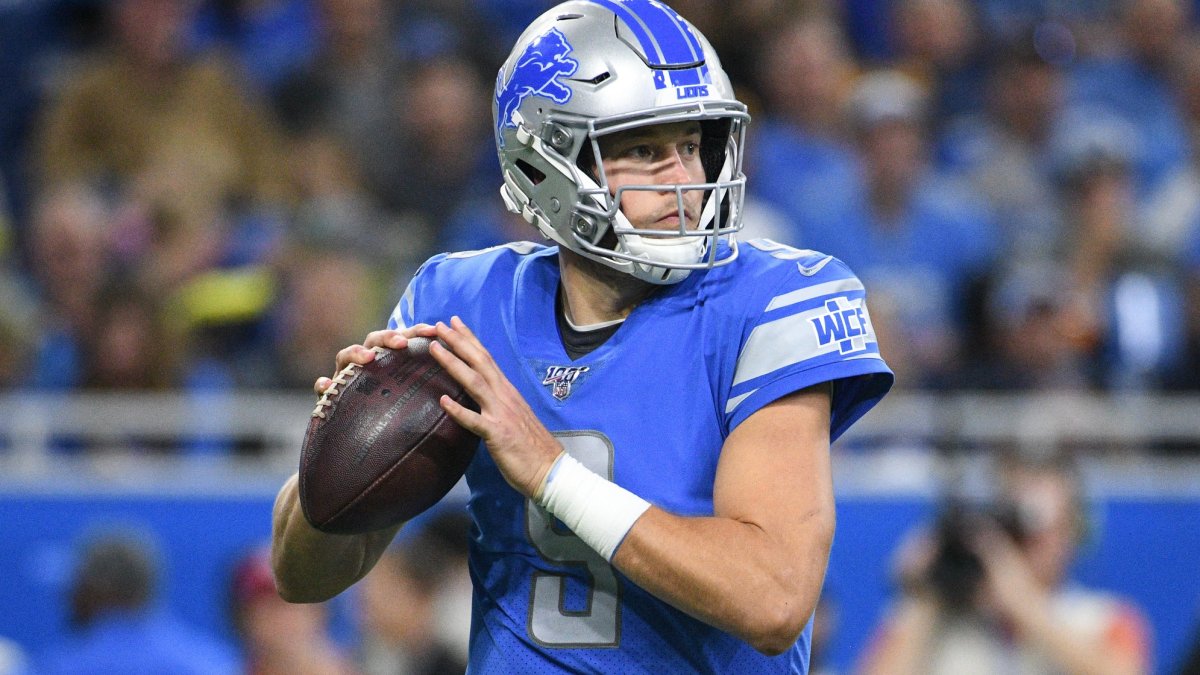There were a number of head coaching and offensive coordinator changes this offseason, and many of them came with great fanfare. This is fair, since a combination of statistical regression and scheme changes often lead to an increase in offensive efficiency from one year to the next.
[Editor’s Note: PFF’s advanced statistics and player grades are powered by AWS machine learning capabilities.]
A question that came to my mind last week, after Matthew Stafford remarked on the potential of improvement during his second season with offensive coordinator Darrell Bevell, was whether the second year in a new scheme provides additional benefits.
To study this problem, I used principal component analysis to mush down the number of variables (many of which are collinear) that can characterize an offensive scheme (e.g. proportion of run concepts, play-action rate, etc.) into a few features, and then measure the difference in “uniqueness” in scheme from one year to the next by taking the difference in these variables. As we pointed out in the link above, play-caller changes and changes in scheme are correlated with increases in offensive production. The question that we pose here is two-fold:
-
- Do schemes continue to evolve in Year 2 of the play-caller’s tenure with the team?
- Does Year 2 of a play-caller’s tenure and/or changes in scheme lead to additional increases in offensive production?
Exclusive content for premium subscribers

WANT TO KEEP READING?
Dominate Fantasy Football & Betting with AI-Powered Data & Tools Trusted By All 32 Teams
Already have a subscription? Log in



 © 2025 PFF - all rights reserved.
© 2025 PFF - all rights reserved.